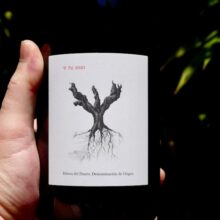
Product information
Bodegas y Vinedos Alnardo ‘PSI’ Tinto Fino 2021
Original price was: $109.$102Current price is: $102.
Description
The bottled 2021 PSI is a bit reticent and closed, the most backward of the 2021s—it’s even a bit reductive. This has some 8% Garnacha In 2021, he decided to start buying some of the vineyards; until then, he bought the grapes from these old vineyards, but most of the growers who work these vineyards are also old and some cannot work anymore. So, the solution is to buy their vineyards, which represents an administrative problem too, as the ownership and legal aspects of these vines is sometimes not clear. He now has 50 hectares, with the idea to own 100 hectares of the 200 they use for the wine. That also represents a change, as they need more people to work the vineyards, tractor drivers and so on. “Which is a lot of work,” he told me, “but very good fun.”
The wine takes time to open up; the nose is hard to read, but the palate is much better. It has a medium to full-bodied palate and tannins that are a lot more elegant and polished, more sophisticated and precise than in the initial vintages, and it has gained in seriousness. It was bottled in July 2023.
Luis Gutiérrez, The Wine Advocate 93+ Points
The 2021 PSI is 90% Tempranillo and 10% Garnacha sourced from old vines planted in calcareous soils and was aged for up to 16 months in mostly sizeable French oak barrels. In the glass, it’s garnet-red with a light purple sheen. The nose offers blood notes along with sour cherry and blackberry, intertwined with violets and dried flowers, resulting in a layered, complex profile. On the palate, it’s dry and velvety. Chalky tannins define a compact mouthfeel and long-lasting fruit and floral flavors. The 2021 is a distinctive Ribera del Duero with excellent nuance and agility.
Joaquin Hidalgo, Vinous 96 Points
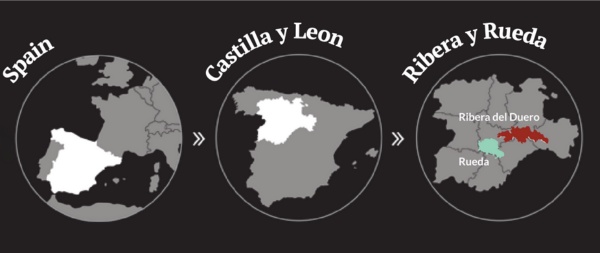
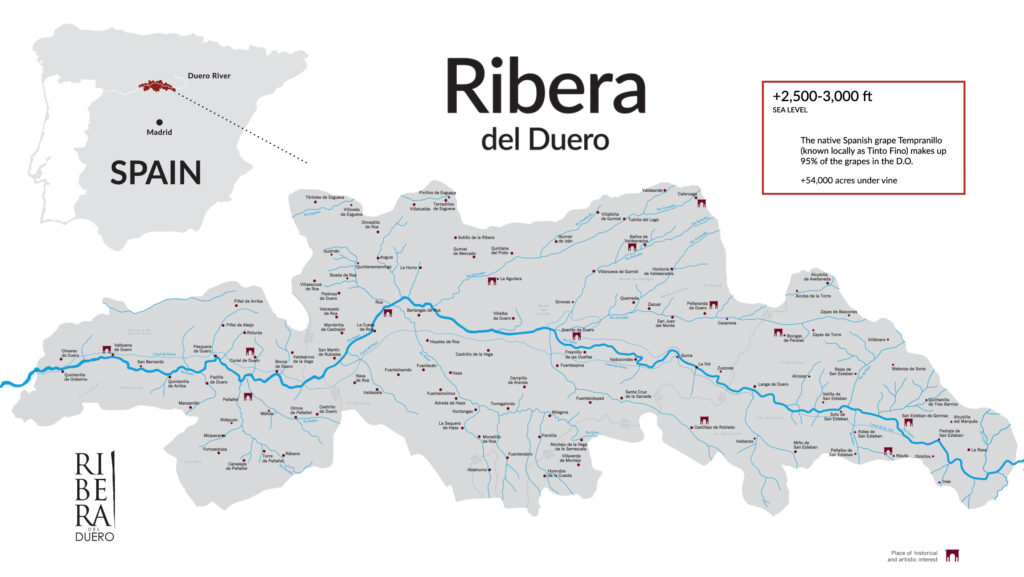

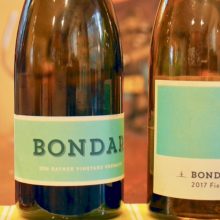

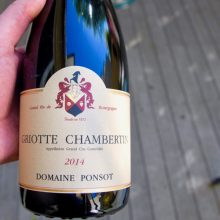
You must be logged in to post a comment.